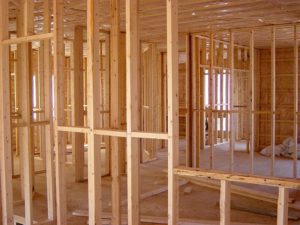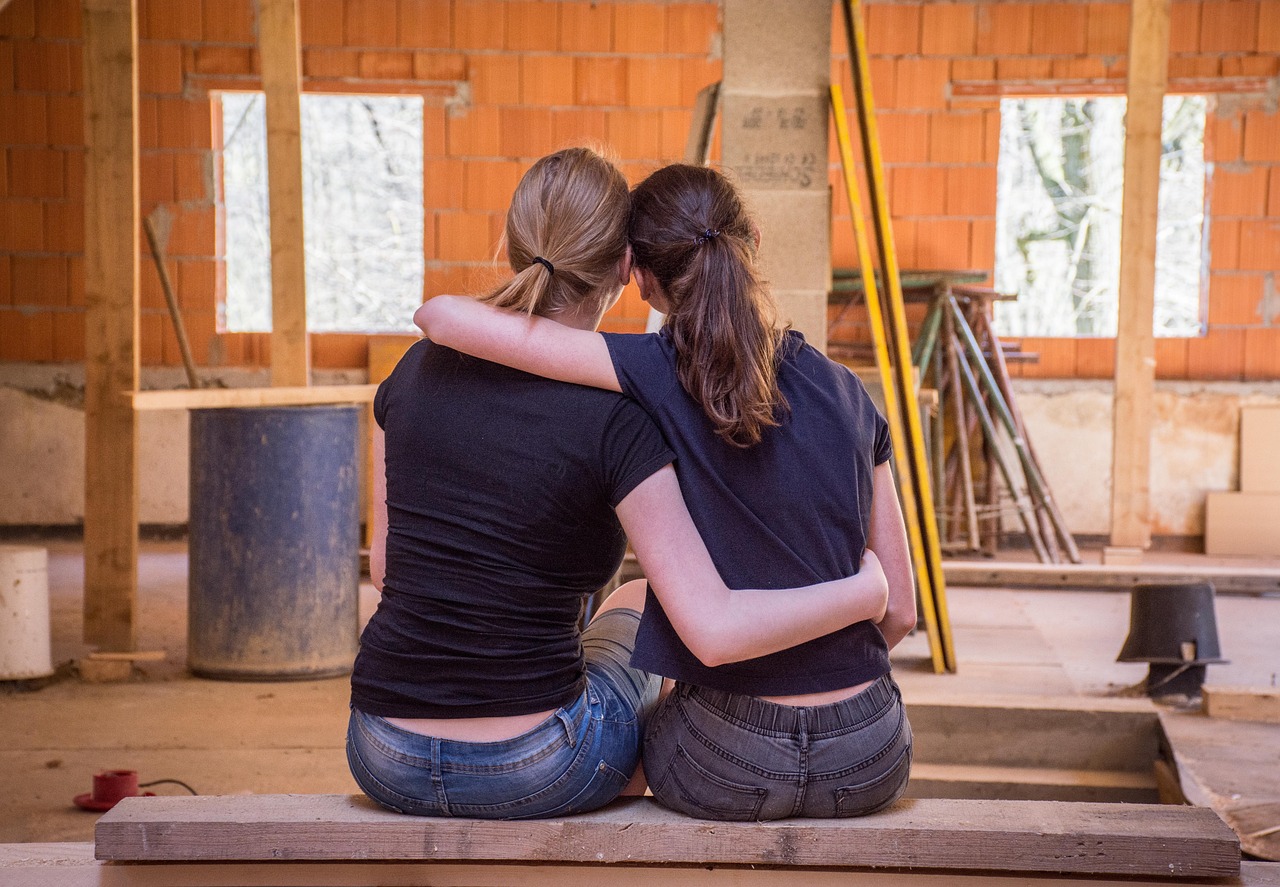Going Underground: The Challenges of Basement Construction
Welcome to the world beneath your feet. Today, we’re diving deep into the challenges and intricacies of basement construction. Whether you plan to expand your living space or create a cozy underground hideaway, building below ground level comes with unique considerations. From excavation and waterproofing to lighting and ventilation, there’s plenty to explore as we uncover the secrets of successful basement construction. If you’re into sustainable building, you need to pay attention to some things. If you read the article from Energieheld, you can learn more about it. So, grab your hard hat, and let’s get started on this subterranean adventure.
Excavation and Site Preparation
 Before you can begin constructing your basement, the first step is digging deep into the ground. Excavation involves removing soil and creating a space that will serve as the foundation for your underground oasis. The excavation process requires careful planning and execution. The size and shape of your basement will determine how much earth needs to be excavated and any potential obstructions, such as rocks or tree roots, that may need to be cleared.
Before you can begin constructing your basement, the first step is digging deep into the ground. Excavation involves removing soil and creating a space that will serve as the foundation for your underground oasis. The excavation process requires careful planning and execution. The size and shape of your basement will determine how much earth needs to be excavated and any potential obstructions, such as rocks or tree roots, that may need to be cleared.
Once the excavation is complete, site preparation is essential to ensure a solid base for your structure. This typically involves compacting the soil and installing proper drainage systems to prevent water accumulation in your basement.
Moisture Control and Waterproofing
One of the biggest challenges in basement construction is managing moisture control and ensuring effective waterproofing. Basements are prone to moisture issues due to their underground location, so addressing these concerns during construction is essential. A comprehensive approach that includes proper drainage systems, sealants, and coatings is crucial to prevent water infiltration. The excavation itself should be done carefully to avoid disrupting any existing groundwater flow or creating potential areas for water pooling. This can be achieved by implementing measures such as installing drain tiles around the perimeter of the foundation. In addition to external waterproofing techniques, interior moisture control methods also play a significant role in maintaining a dry basement environment.
Natural Light and Ventilation
When it comes to basement construction, one of the key challenges is ensuring adequate natural light and ventilation. After all, no one wants to feel like they’re living or working in a dark, stuffy dungeon. One solution for increasing natural light is incorporating window wells into the design. These are small excavations outside the basement walls that allow windows to be installed at ground level. This brings in sunlight and creates an illusion of being above ground. Another option is using skylights or sun tunnels. Skylights are great for bringing daylight deep into the basement space, while sun tunnels can be used when there isn’t enough room for a traditional skylight.
Structural Considerations
 When it comes to basement construction, one of the most crucial aspects that cannot be overlooked is structural considerations. Building a strong and stable foundation is essential for the structure’s overall integrity. First and foremost, it is important to assess the soil’s load-bearing capacity. Soil conditions can vary greatly from one location to another, so understanding the soil type on your site is key. This will determine what kind of foundation system you need – a traditional concrete slab or deep foundations like piles or caissons.
When it comes to basement construction, one of the most crucial aspects that cannot be overlooked is structural considerations. Building a strong and stable foundation is essential for the structure’s overall integrity. First and foremost, it is important to assess the soil’s load-bearing capacity. Soil conditions can vary greatly from one location to another, so understanding the soil type on your site is key. This will determine what kind of foundation system you need – a traditional concrete slab or deep foundations like piles or caissons.
Next, attention must be given to reinforcing elements such as steel bars and beams. These provide extra strength and durability to counteract any potential stress or movement in the ground. Building a functional basement comes with its fair share of challenges, such as excavation complexities, moisture control issues, natural light integration hurdles, and structural considerations that require specific expertise. However, daunting it may seem at first glance, proper planning combined with professional assistance will result in a strong foundation that enhances your home’s value while providing valuable additional space for you to enjoy. So if you’re considering going underground by building a basement on your property, tackle these challenges head-on while keeping safety as your top priority.



